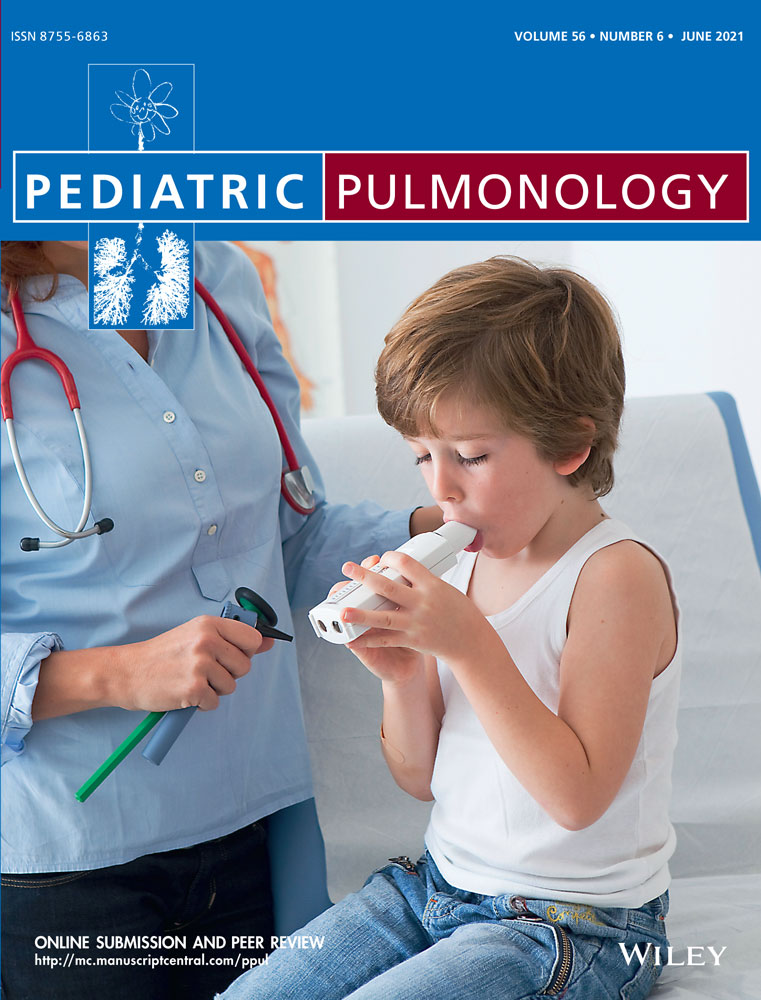Summary
July 2022, Nintendo (Japan) and Breathing Labs (Slovenia) have concluded a pilot clinical trial that has used gamified physiotherapy in a clinical environment and published its findings in a leading journal for pediatric pulmonology (links at the end of this doc). The present study showed that Nintendo Wii Fit provides additional benefits in improving peripheral muscle strength and functional capacity while Breathing Games by Breathing Labs (Breathing+ product) provides a further increase in improving respiratory muscle strength. In combination, both products were effective in improving balance, but they were not superior to each other.

When did this trial start and how long did it last?
The trial was approved in July 2019 (link: clinicaltrials.gov/ct2/show/NCT04038892 ) and started in July 2019 and lasted until February 2021.
What did this clinical trial observe?
In this study, the efficacy of chest physiotherapy and aerobic exercise training using Nintendo Wii and breathing exercise training using Breathing Labs Breathing+ were compared. As a result, both the Nintendo Wii and Breathing+ showed similar improvement in improving balance, while chest physiotherapy did not. In addition, Breathing+ showed a higher improvement in respiratory muscle strength (both inspiratory and expiratory) compared to both Nintendo Wii and chest physiotherapy.
Where was this clinical trial performed?
This clinical trial was performed at the Department of Cardiopulmonary Physiotherapy and Rehabilitation, Division of Physiotherapy and Rehabilitation, Faculty of Health Sciences, Bezmialem Vakıf University, Istanbul, Turkey.
Who ran the clinical trial?
The whole of the clinical trial was mainly run by Hikmet Ucgun who was performing the duty of data curation (equal); formal analysis (equal); investigation (equal); methodology (equal); resources (equal); writing —original draft (equal). The other participant was Hulya Nilgun Gurses who was handling methodology (equal); project administration (lead); resources (lead); supervision (lead); writing—original draft (equal); writing—review & editing (lead). The third important person who took part in this clinical trial was Meltem Kaya, she handled data curation (equal); formal analysis (equal); investigation (equal); methodology (equal); writing—original draft (equal). Finally, Erkan Cakir was also in this team and was handling the investigation (supporting); methodology (supporting); resources (supporting); supervision (supporting); writing—review & editing (supporting).
What was the protocol of this clinical trial?
Thirty-nine children and adolescents aged between 8 and 18 years with NCFB were randomly allocated into three groups “home-based chest physiotherapy group” (CP), “aerobic VGE given in addition to home-based chest physiotherapy group” (CP + aerobic VGE), and “breathing VGE given in addition to home-based chest physiotherapy group” (CP + breathing VGE). All three groups performed a chest physiotherapy program twice a day for 7 days per week for 8 weeks. Pulmonary function, respiratory and peripheral muscle strength, functional capacity, and balance were assessed at baseline and after 8 weeks of training.
Why did you focus on this specific group of patients?
This study was held to investigate the effect of aerobic and breathing VGE in children and adolescents with NCFB. While significant improvement was achieved in balance scores in both groups (Nintendo and Breathing Labs), currently used home‐based Chest Therapy programs (control group) failed to improve balance scores.
Is gamification getting more used in physiotherapy?
Gamification is an interaction design that significantly improves compliance, adherence, and concordance of physiotherapy and many other medical interventions. It seems it is much easier for people to play a game, with real-time feedback, daily scores, and clear objectives. We assume gamification will soon be introduced in many other fields where any human endeavour is required.
What are the main benefits of the remote workout, also called telemedicine?
In recent years, there has been a growing trend of people working out remotely, also known as telemedicine. This type of workout has a number of benefits, including convenience, flexibility, trackability, and availability. Convenience is one of the main benefits of telemedicine. With a remote workout, you can exercise at any time and any place that is convenient for you. You don’t have to worry about travelling to and from a gym or studio, and you can exercise in the comfort of your own home.
Flexibility is another big advantage of telemedicine. With a remote workout, you can customize your workout to fit your own schedule and goals. If you have a busy week, you can exercise for a shorter period of time.
Website:
https://www.breathinglabs.com/clinical-trials/research-breathing-labs-an...
Links and sources:
Read abstract: onlinelibrary.wiley.com/doi/10.1002/ppul.26026
Read the full paper: breathinglabs.com/Nintendo%20&%20Breathing%20Labs%202022
Read trial protocol: clinicaltrials.gov/ct2/show/NCT04038892
Correspondence:
Breathing Labs: Matevz Leskovsek, (ceo[@]breathinglabs.com, phone +38631380511)
Main researcher: Hikmet Ucgun PT, Ph.D. (hikmetucgun92[@]gmail.com, phone +905321616271)
Main MD: Erkan Cakır (ecakir[@]bezmialem.edu.tr)


